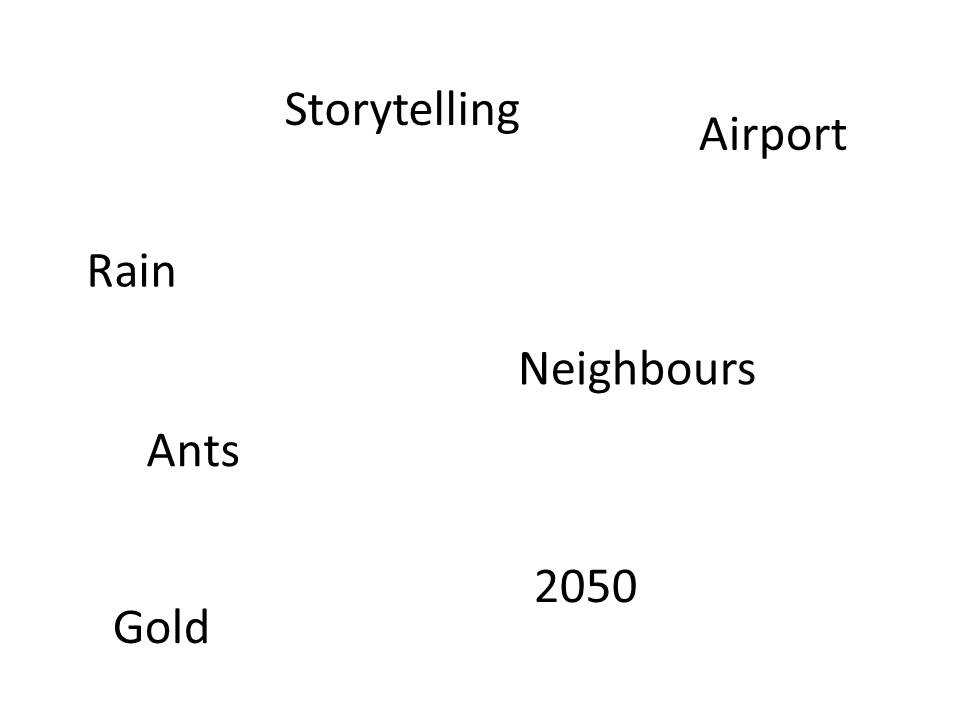Instructions
Consider preparing your obstructions before starting the idea development. Please note that obstructions should be carefully chosen and that they can be quite manipulative. As a teacher / facilitator please avoid suggesting ideas or judging the ideas, because it should be the students themselves who generate the ideas, and the quality of the ideas should be tested outside the classroom with users and other relevant stakeholders.
1. Have the students to reformulate their problem or project goal as a phrase starting with “How might we …”, e.g.: “How might we attract more visitors to our website?”
2. The students are to now choose the best “How might we …” phrase.
3. Then present the brainstorming rules:
- Defer Judgement – Don’t judge your own ideas or those of others
- Go for volume – 100 better than 10
- One conversation at a time – focus
- Encourage wild ideas – the crazier the better
- Build on the ideas of others – leverage perspectives
- Stay on topic – stick to the “how” problem
- Be visual – communicate your ideas for teammates by sketching
(Source: D.school, Stanford University)
4. Students should now begin by jotting ideas down on Post-its and then sticking them up onto flip charts. Provide a time limit of 10 minutes, so they don’t over sensor themselves.
5. Now formulate an obstruction, which “disturbs” the students’ process. It must be a new constraint or a changed focus in relation to student projects e.g. regarding topics such as: function, target group, choice of material, etc. – This highly depends on the context, but here are some examples:
- “The solution must only be analogue”
- “The target group is 70+ years old”
- “The target group is children of 5 years”
- “The solution must incorporate daily physical movement for the user”
- “The solution must be powered by solar energy”
6. Repeat several rounds using different obstructions each time, where each round lasts 5 minutes. But the entire session shouldn’t last longer than 45 minutes in total.
Worth Considering
Preparation
Preparing a few well-considered, good and relevant obstructions beforehand will benefit the idea development process as a whole.


